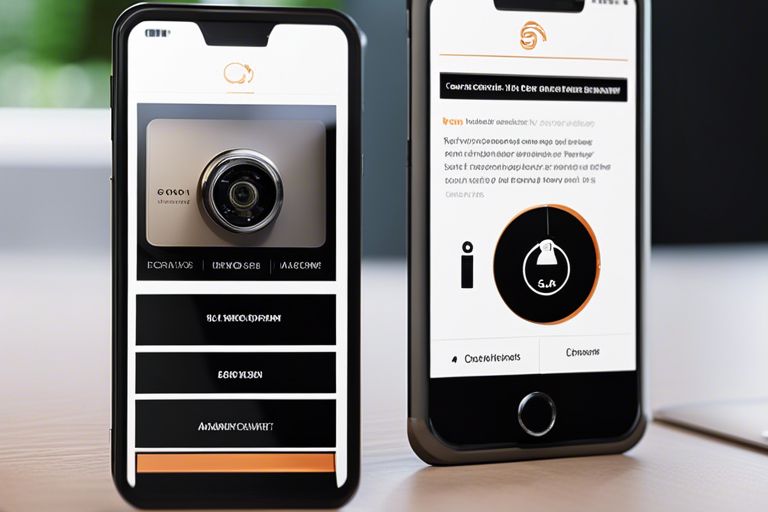As businesses increasingly move their operations to the cloud, ensuring the security of their data and infrastructure becomes paramount. However, many organizations struggle to accurately measure the return on investment (ROI) of their cloud security initiatives. In this blog post, we will explore the key factors to consider when measuring cloud security ROI and provide practical tips to help you effectively evaluate the value of your investment.
1. Define Your Objectives
Before diving into measuring ROI, it is crucial to clearly define your objectives for implementing cloud security measures. Are you looking to reduce the risk of data breaches? Improve compliance with industry regulations? Enhance customer trust and loyalty? By identifying your goals, you can align your measurement efforts accordingly.
2. Quantify the Costs
Calculating the costs associated with cloud security is an essential step in measuring ROI. Consider both the direct costs, such as licensing fees, consulting services, and infrastructure upgrades, as well as the indirect costs, like training and productivity loss during implementation. By quantifying these expenses, you can compare them against the benefits to determine the overall ROI.
3. Evaluate Risk Reduction
One of the primary objectives of cloud security is to mitigate the risk of data breaches and cyber attacks. Assessing the effectiveness of your security measures in reducing the likelihood and impact of these incidents is crucial for measuring ROI. Look at key metrics such as the number of security incidents, average incident response time, and the cost of remediation to gauge the effectiveness of your cloud security investments.
4. Measure Compliance Improvements
For businesses operating in regulated industries, compliance with industry standards and regulations is a critical aspect of cloud security. Evaluate the improvements in compliance achieved through your security initiatives. Measure factors such as the number of compliance violations, audit findings, and the time and effort required to address non-compliance issues. This will help you determine the ROI of your compliance-focused cloud security investments.
5. Assess Operational Efficiency
Cloud security measures should not only enhance your organization’s security posture but also improve operational efficiency. Evaluate the impact of your security initiatives on factors like system performance, uptime, and incident response time. By quantifying these improvements, you can determine the ROI of your cloud security investments in terms of operational efficiency gains.
6. Seek Feedback from Stakeholders
Don’t overlook the importance of gathering feedback from key stakeholders, including IT teams, security personnel, and business leaders. Conduct surveys or interviews to understand their perception of the value delivered by your cloud security initiatives. This qualitative feedback can provide valuable insights into the intangible benefits that may not be captured through quantitative measurements alone.
By considering these key factors and following these practical tips, you can effectively measure the ROI of your cloud security investments. Remember, measuring ROI is an ongoing process, and it is important to regularly review and update your measurement approach to accurately reflect the evolving security landscape and the changing needs of your organization.






